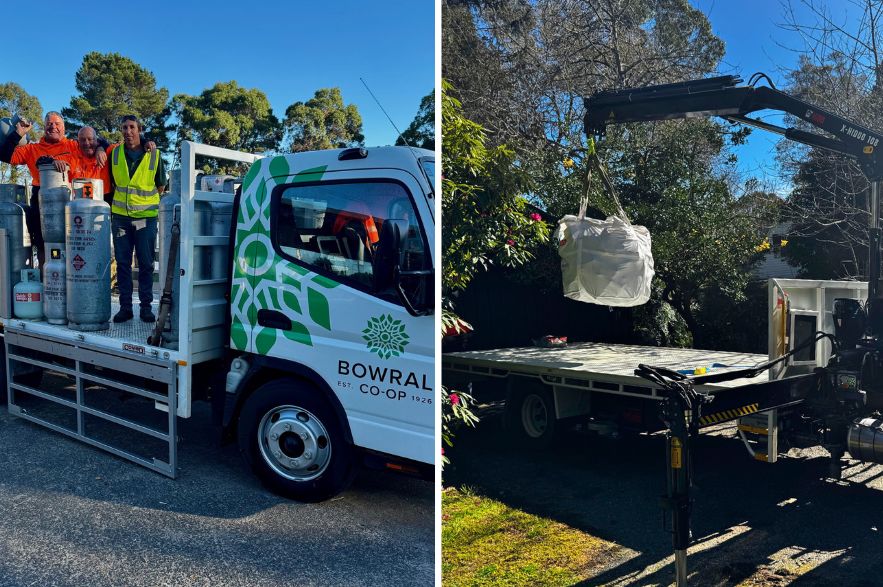By Will Black, Agronomist
Withholding periods before grazing after fertiliser application differ significantly from withholding periods relating to agricultural and veterinary chemicals.
In the case of agricultural and veterinary chemicals, withholding periods are legislated to ensure residues in farm produce (meat and milk) do not exceed maximum residue limits, resulting in the produce being potentially withdrawn or rejected from sale.
In contrast, fertiliser withholding periods are precautionary and advisory in nature, and are intended to protect the health of the grazing animal.
The health of livestock can be affected in one of two ways.
Firstly, there can be direct ingestion of recently applied fertiliser due to dust lodging on the leaves of the pasture or forage crop.
Secondly, plant concentrations of nutrients taken up from the soil by plant roots may remain high for days or weeks after the application of fertiliser, depending on when and how much rain is received and how quickly regrowth occurs.
The following table outlines recommended withholding period for the various fertiliser types and the considerations that should be made when making decisions to readmit stock to paddocks where fertiliser has previously been applied.
Fertiliser type
| Withholding period | Considerations |
Phosphorus fertilisers
| 3 weeks | Stock can be re-admitted within 3 weeks if rain or irrigation has been received after top-dressing to wash fertiliser residues from leaves. There is no need to wait until regrowth occurs, as is recommended with nitrogen fertilisers.
|
Mo fortified fertiliser
| 4 weeks | Plant levels of molybdenum may be high in the weeks following application. Elevated concentrations of molybdenum in pasture may induce copper deficiency in grazing in some situations.
|
Nitrogen fertiliser
| 4 weeks | Nitrate poisoning can occur where stock have access to fresh green pick in which nitrate has been taken up from the soil but not assimilated into protein in new plant tissue. Nitrate poisoning is most likely to occur when little or no other forage is on offer. |
Potassium fertiliser
| 3 weeks | Muriate of potash poses no risk to animals if ingested. High concentrations of potassium in feed can lead to magnesium dietary imbalances in some situations. Understanding available potassium values and keeping individual fertiliser applications <60kg K/ha assists in deducing grass tetany risks. |





